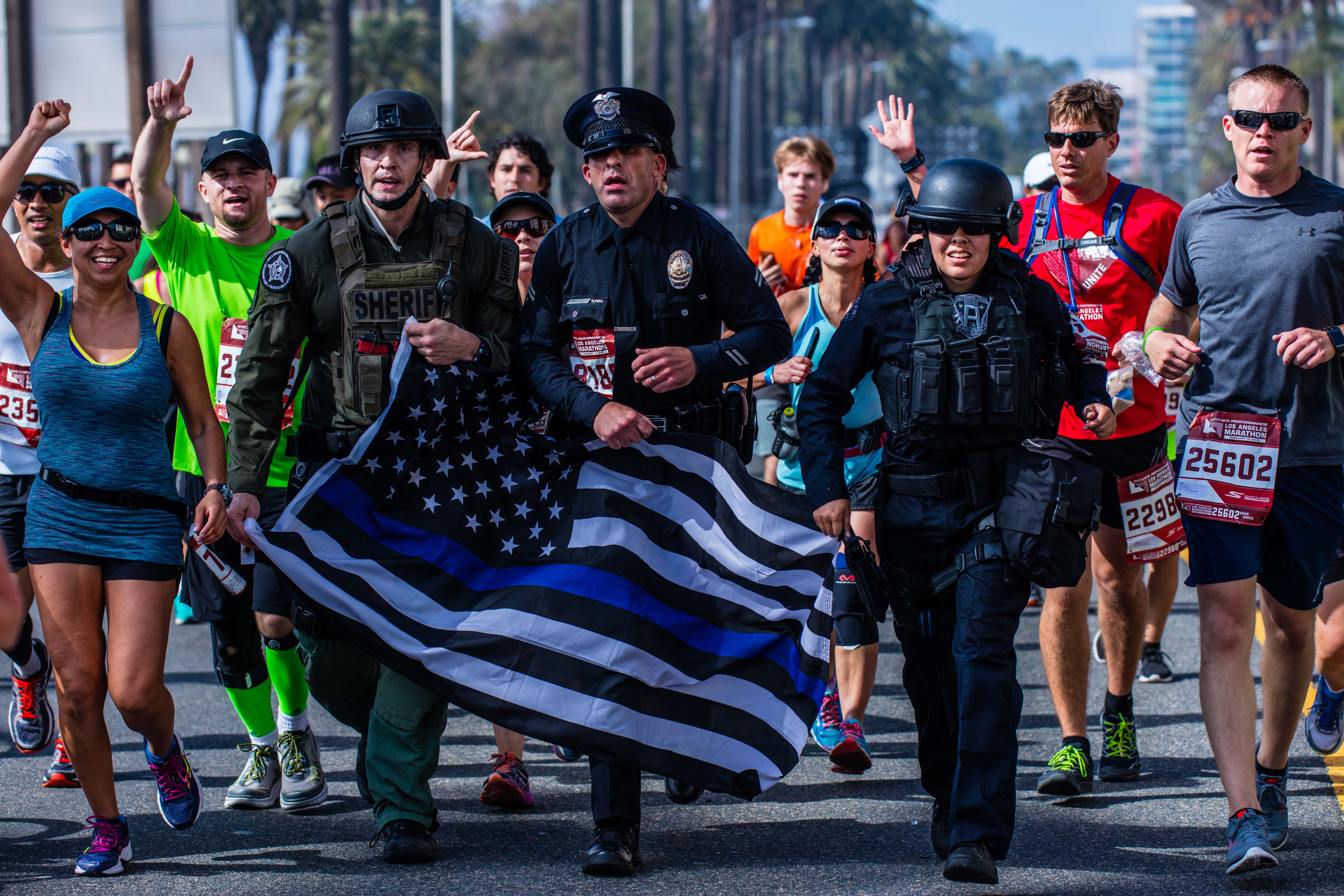In Part I of this blog, posted on July 24, 2015, we explained the importance of putting officer-involved shootings (OIS) in perspective. The media coverage of sensational officer-involved shootings over the past 18 months should not be seen as part of a pattern of police activity. The only common factor in any OIS is that an officer perceives imminent, mortal danger for him or herself or for someone else. And it always starts with a suspect who resists during the contact with the police.
In this post, we will look at two movements in society we believe are greatly increasing the pressure on police officers as we work to ensure the safety of the community. We are also addressing, again, the use of Hayes v. County of San Diego by the Police Commission. We simply cannot let this stand, and the City and public must understand why.
Changes in society have dramatically increased police encounters with combative individuals
Changes in our society and our legal system have dramatically multiplied the number of times a day police officers are called on to deal with disrespectful, non-compliant and combative people. Two of the most obvious changes include:
A police officer’s actions prior to perceiving imminent danger should have no bearing on a decision to use force
Police officers have the right to return home safely every night. Based on the standard set by a U.S. Supreme Court decision, “The reasonableness of a particular use of force must be judged from the perspective of a reasonable officer on the scene, rather than with the 20/20 vision of hindsight.” This has been the established standard for over 25 years and comes from the highest court in the land.
The new standard recently applied by the Police Commission to rule one officer’s shooting in the Ezell Ford case “out of policy” seeks to take into account the officer’s actions prior to the struggle in which Ford attempted to take the officer’s gun. According to this new standard, if the officer’s tactics prior to the stop were deficient, the officer must forfeit his life or the use of force will be out of policy. The threat of being killed with his own weapon was irrelevant in their decision. This new standard grows out of a California Supreme Court case involving lawsuits about negligent behavior that seeks to determine tort liability, not constitutional principles. This new standard defies logic, runs counter to established policy, puts officers in danger, and should be removed.
We invite you to share your thoughts by leaving a comment below.











